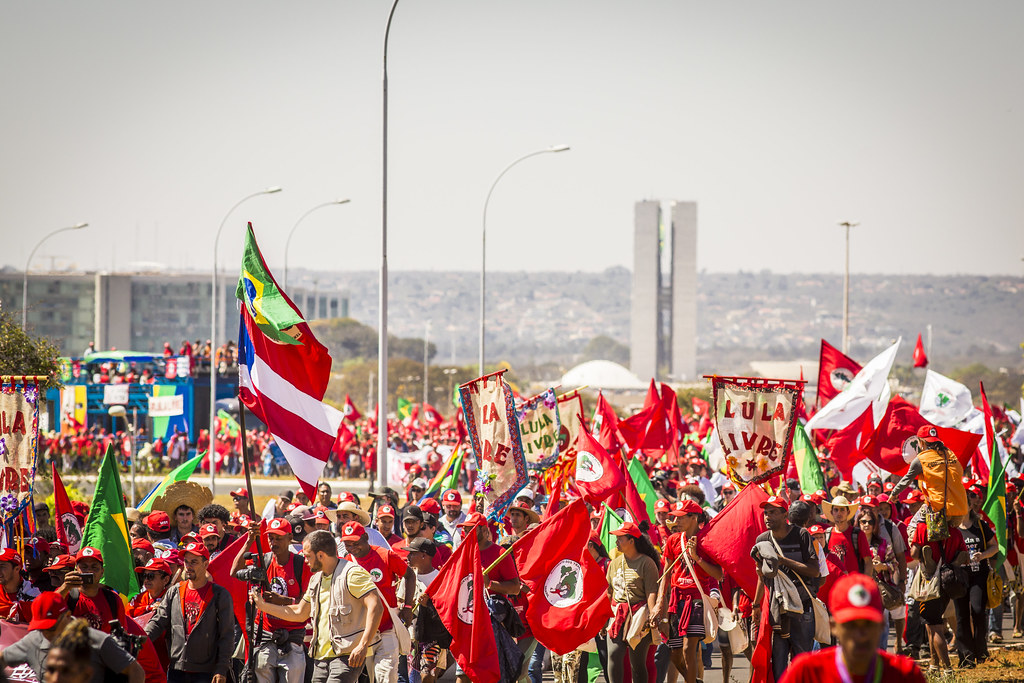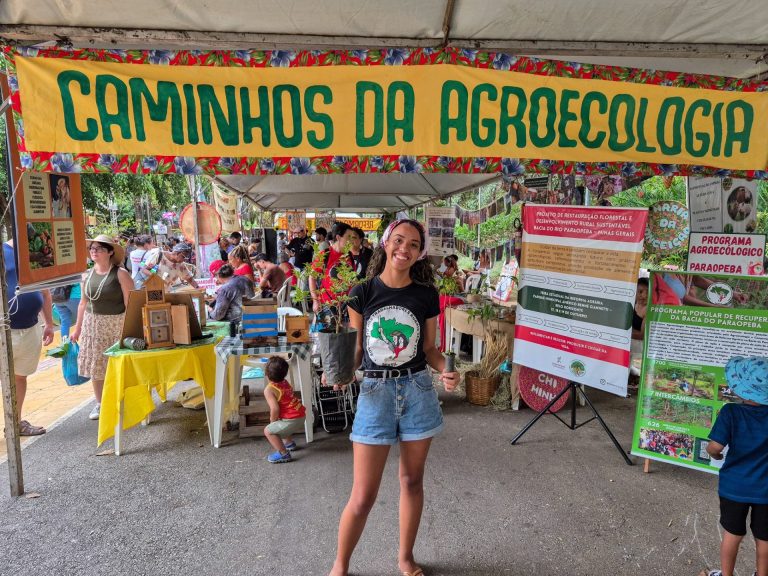Why is the mst so frightening?
Born in 1984 and about to turn 40 in 2024, the MST has known, since its inception, that government is like beans, it only works in a pressure cooker

By Frei Beto*
Of Build Endurance
The MST (Movimento dos Trabalhadores Rurais Sem Terra/Landless Workers Movement), which I saw born and to which I remain linked, is the most popular, combative and democratic popular movement in Brazil. Today, it gathers around 500 thousand settled families and 100 thousand families in camps. It fights for a fundamental right, never fulfilled in Brazil, a country of continental dimensions and where there are many people without land and a lot of land without people – agrarian reform.
It is, to say the least, a shame to note that in the 21st century the only countries that did not carry out agrarian reform in Latin America were Brazil, Argentina and Uruguay. The model of land ownership that still exists in our country is that of hereditary captaincies. And the relationship of many landowners with their employees is little different from the times of slavery.
Born in 1984 and about to turn 40 in 2024, the MST has known, since its beginnings, that government is like beans, it only works in a pressure cooker… Although it contributed decisively to elect Lula president, the MST never allowed itself to be co-opted by the government. It maintains its autonomy and knows very well that the government’s relationship with social movements cannot be one of “transmission belt” but rather one of representation of the social bases within governmental instances. Many politicians fill their mouths with the word “democracy”, but fear that it will pass from mere rhetoric to being, in fact, a government whose main protagonist is the organized people.
The MST also stands out because of the care it devotes to the political training of its militants, which many left-wing movements and parties neglect. The landless even maintain their own space for pedagogical work, the Florestan Fernandes School, in Guararema (SP). And in all the events it promotes, the movement values “mistica”, that is, playful activities (songs, hymns, banners, etc.) and symbols (photos, handicrafts, etc.) that serve as attractors.
The MST strictly follows the dictates of the Citizen’s Constitution of 1988. The Charter sets forth and defends the social use of land, which must respect the environment and be productive. And it requires something that is still not fulfilled and essential if Brazil wants to achieve sustainable development and abandon its submission to the dictates of metropolitan nations, which impose on us the mere condition of exporters of primary products, today elegantly called “commodities”…
Occupation is not invasion. The MST never occupies productive land. Today, the movement is the largest producer of organic rice in Latin America and defends an Agroecological Agrarian Reform, that facilitates access to land as a human right; produces healthy and sustainable food for the entire Brazilian society; offers the market wholesome foods free of pesticides; values the role of rural working women; expands the number of agroecology cooperatives; and expands food sovereignty and biodiversity in the fight against hunger and food insecurity.
The “Red April” campaign does not use the adjective as an evocation of the preferred color of communist symbols (and, also, of the cardinals’ solemn vestments), as the MST’s detractors want to interpret. It instead refers to the color of the blood of the 19 landless people cruelly murdered by the Military Police in Eldorado dos Carajás, in the south of Pará, on April 17, 1996. Seven victims were killed with scythes and machetes, and the others by gunfire. point-blank.
About 100,000 families are awaiting settlement in Brazil. And it is at least a disservice for agribusiness to promote the deforestation of our forests to expand the agricultural frontier, enjoy tax exemption on the export of its products and concentrate its production on just five goods: soy, corn, wheat, rice, and meat, controlled by large transnational companies.
Hunger grows in the world. Almost 1 billion people are already affected. And this is not the result of lack of food. The planet produces enough to feed 12 billion mouths. It results from a lack of justice. In the capitalist system, the hungry die on the sidewalk outside the supermarket. Because food has exchange value and not use value. Now, while food production does not follow agroecological standards and land and water, limited natural resources, are not considered humanity’s heritage, inequality tends to get worse and, with it, all sorts of conflicts. Peace rhymes with bread.
The MST is so frightening because it fights for Brazil, one of the richest nations in the world, and one of the five largest food producers, to stop being a peripheral, colonized country, marked by abysmal social inequality.
I hope that one day, the verses sung by João Cabral de Melo Neto in “Funeral of a Worker” never come true again: “It’s not a big grave / It’s a measured grave / It’s the land you wanted / To see divided”.
*Is a writer and author of: “Is Marxism still useful?” (Published by Cortez) among other books. Virtual library is www.frei.betto.org.



